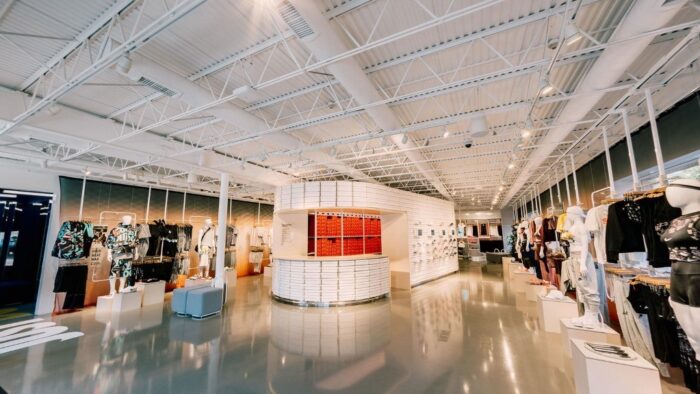“An Urgent Awakening for the Industry” is the name of “The State of Fashion 2019” report from Business Of Fashion & McKinsey & Company published on 29th November. For Senior Management in companies in the sector, two words from the title are surely especially relevant: Urgent Awakening.
Back to the basics: reconnecting with people.
Most Marketing strategies being developed by Fashion firms have three elements in common: placing the consumer front and centre, developing a commercial model in which the online channel is key, and providing the user with a personalised shopping experience.
Premium Brands focus more on creating memorable, unique shopping experiences, whereas Mainstream Brands
Online and Offline are more complementary than ever. And increasing consumer power is forcing firms to consider
Conversational Commerce. Conversational Marketing.
Social Networks have significantly boosted consumer power in the pre-purchase phases of the customer journey. Most interactions between the user and the Brand happen before the purchase.
This is an important change that shifts the focus of Marketing strategies from building customer loyalty to client acquisition. We could say that customer loyalty actually starts in client acquisition.
The concept of Conversational Commerce encapsulates the need to converse in order to make sales. But holding conversations with clients isn’t the target in and of itself, it’s a process that entails the will to get to know as best as possible the people we’re talking to in order to make a sale. If we talk about Conversational Commerce, shouldn’t we also talk about Conversational Marketing?
Holding conversations requires flexibility and accepting the differences in people and adapting to new behaviours and demands.
Talking to thousands or millions of people in order to get to know them individually also requires a significant technological structure and extensive analytical capabilities.
Diversity is the new globalization.
Consolidated models in traditional commerce, and in traditional Marketing, which haven’t been able to adapt to the new Omnichannel reality have seen their leadership disappear. SEARS is a clear example of this.
But innovative leaders such as Nike have prioritised Omnichannel and base their strategy on generating interest, conversation, and trust as a means of making sales both on their digital platforms and bricks and mortar stores (we highly recommend visiting their new Nike Running Flatiron Flagship store in New York and the new Nike Live store in Los Angeles).

Nike Live stores, beginning with the Melrose Avenue location in Los Angeles, are specifically designed to be a service hub for local NikePlus members.
The fashion sector features many good examples of Brands, both global and local, who have turned Omnichannel and Conversation into a real competitive advantage.
Universal Standard decided to break the rules of the game and offered fashion to those who felt left out by stereotypes in Fashion. They stopped viewing plus sizes as an unglamorous niche and turned them into an option that had all the design and appeal of “normal” sizes.
Nordstrom really value their clients’ time. That’s why their App allows users to preselect the clothes they want to try on in store.
If we also factor in Amazon’s Fashion début (their 5 day Pop-Up Store on Baker Street in October was an extraordinary immersive experience) and the impressive fusion of online and offline from Inditex (their remodelling of a “cinema” into a spectacular Zara shop on Corso Vittorio Emanuele in Milan is a must-visit), we can clearly see the sector “will never be the same again”.
What are the Managers of this Urgent Awakening like?

Zara English Janmohamed. Partner at Loftus Bradford.
The main directors in the sector all describe 2018 in the same three words: “changing”, “digital”, and “fast”. Likewise, the main stakeholders in the Fashion Industry all also use the same expression when they discuss the main challenge for 2019: “now or never”.
At





